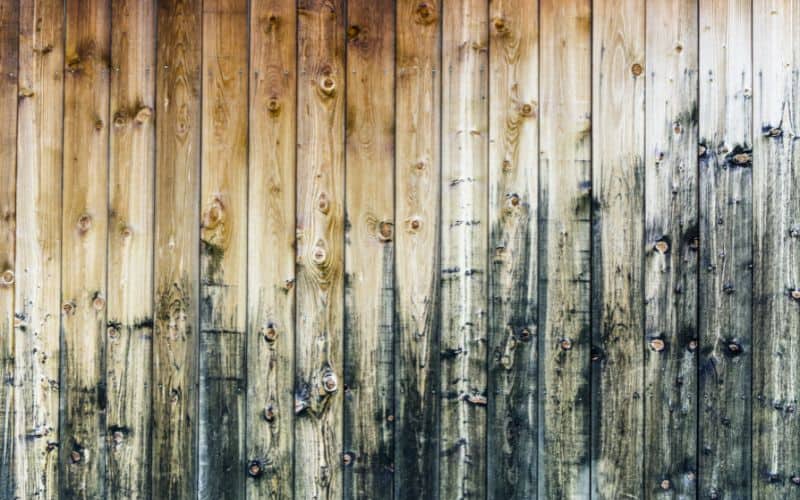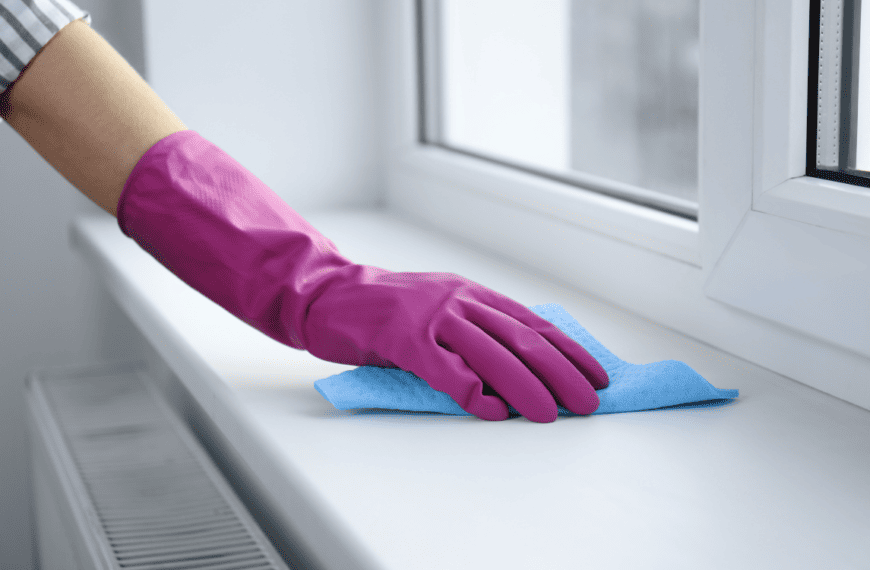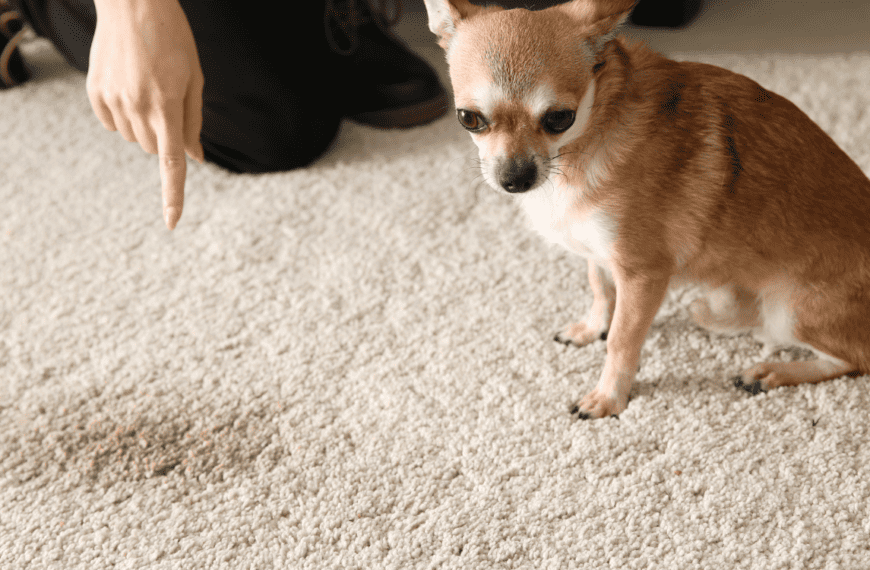Soot residue is an eyesore even in the slightest amount, and you’re right to want it off your walls as soon as possible. But before you jump in with a DIY cleaning solution, you must understand that soot particles require a tougher cleanup than your average dirt mark.
While soot removal can be quick and thorough with the right tools, common sense techniques can sometimes worsen a soot stain. If lingering smoke damage is ruining the indoor atmosphere, we’ll show you how to clean soot off walls in six easy steps.
How to Clean Soot Off Walls
The first step in cleaning soot from walls is to remove loose soot particles with a vacuum cleaner. You can then choose your cleaners. Generally, a dry cleaning sponge works on dry soot marks and porous surfaces, while degreasers will get wet soot off the wall.
Dry soot comes from high-heat, high-oxygen fires when natural materials burn, such as cotton, wool, and wood. By contrast, low-heat smoldering smoke from synthetics, like plastic and rubber, leaves wet stains on the walls. If your furnace is misfiring and resulting in puff backs, excess soot may appear as an oily residue that can leave stubborn stains.
Choosing a Soot Cleaning Method
Soot is easy to test with a quick swipe of the finger. If you wipe your finger across a soot mark and it smears, you have wet soot and should employ wet methods to remove it.
Your surface will also dictate the best cleaning solution. A dry-cleaning method with a chemical sponge is the safest way to remove soot stains from brick, drywall, unfinished wood, low-gloss painted surfaces, and other porous materials. Fixtures and non-porous surfaces are easier to manage with a wet soot cleaner.
Depending on the extent of the soot damage, you may need multiple cleaning methods for different surfaces.
Tools and Materials
- Rubber gloves
- Safety glasses
- Dust mask
- Drop cloths
- Dry cleaning sponge (aka soot sponge or chemical sponge)
- Degreaser or high-alkaline cleaner
- Bucket
- Microfiber cloth
- Vacuum cleaner
- Utility knife
- Step ladder (if needed)
1. Protect Furniture
With extensive black smoke damage on the walls, soot can migrate to any fresh surface nearby, including your clean furniture and carpet. Before cleaning your soot-stained wall, take any drapes, wall hangings, furniture, and houseplants out of the room. If it’s removable, get it out. Go an extra step by laying a protective drop cloth on the floor and any immovable furniture and appliances.
2. Ventilate the Space and Wear Protective Gear
Soot removal can get dirty and dangerous as you agitate smoke particles on the wall. Proper ventilation and protective clothing are crucial to avoid inhaling soot or fumes from a wet cleaning solution. Wear a dust mask (preferably an N95), protective gloves, eyewear, and old clothes that you don’t mind getting dirty.
Open windows to provide fresh air as you work. Ensure the HVAC is off to prevent soot particles from circulating in the house.
3. Vacuum Loose Soot
Begin cleaning with a high-powered vacuum cleaner, preferably with a HEPA filter, to extract excess soot. A brush hose attachment can help loosen soot particles, but you need a gentle approach, as smearing the underlying stain is easy if you apply too much pressure. Run the vacuum in downward overlapping strokes across the wall before working on the remaining soot.
4. Dry Clean Soot Stains
Chemical sponges are ideal for removing soot powder from hard and porous surfaces. The vulcanized rubber material, often sold as a “soot sponge” or “dry cleaning sponge”, attracts and grabs soot in its pores without creating a wider stain.
Soot sponges provide the best method to remove soot without stripping paint off your walls. Minor soot stains may lift entirely. But even if you need to follow up with a wet method, cleaning soot with a dry cleaning sponge will prevent dry soot from spreading and creating a permanent stain once you add water.
How to Use a Soot Sponge
Soot removal begins at the ceiling or the top of the wall to prevent particles from falling onto clean surfaces. Wipe in downward strokes. Avoid a scrubbing motion, as it can drive soot into the surface. Continue working across the wall with the same wiping motion, slightly overlapping each stroke.
The sponge will rapidly blacken as you work. Rather than rinse it, which will ruin its soot-collecting capabilities, flip to a fresher section or cut away a thin layer with a utility knife to expose clean sponge material.
Remember that soot particles are tiny and easy to miss when they don’t accumulate in masses. Wipe the soot sponge across seemingly clean wall sections beyond the visible stain. If black marks appear on the sponge, you’ll have to widen your cleaning scope to ensure the most thorough removal of any remaining soot.
5. Wet Clean Soot Residue
After dry cleaning soot stains, remove any leftover marks with a wet cleaning solution. Dish soap is typically the most convenient and safest way to clean soot damage without stripping the layers from painted walls.
Mix two tablespoons of dish liquid with a quart of warm water. Dip a cloth or regular cleaning sponge in the soapy water and gently wring out excess water. Wipe down the wall in smooth strokes, avoiding excessive scrubbing. Rinse the sponge frequently to avoid smearing the soot stain across the wall.
Trisodium Phosphate and Other Alternatives
Trisodium phosphate (TSP) is a powerful tool for grease, dirt, and mold removal, making it an ideal cleaning solution when preparing walls for paint. You can find it and other suitable degreasers at local hardware stores to treat stubborn stains when all else has failed.
Mixing TSP with fresh water in a 1:16 ratio can create an effective soot-cleaning solution. Take extra safety precautions while working with hazardous substances like TSP, including wearing long rubber gloves to prevent skin exposure.
You can also try a Magic Eraser or similar melamine sponge to finish up the soot-removal process. Be wary of getting the eraser overly wet or using it on severe soot marks because it could cause the stain to spread.
6. Rinse, Dry, and Vacuum
Rinse your dish soap or degreaser off the wall with a clean, damp cloth or sponge. Fill a bucket with fresh water and wipe down the walls, picking up the last of the soot particles.
Finish up by drying the wall with a clean rag and letting it air dry with plenty of ventilation in the room. Vacuum the rug after taking out your drop cloths to pick up any soot that may have fallen.
What Is Soot?
Soot is a fine dark brown or black carbon powder that results from the incomplete combustion of organic substances, such as wood or oil. Particles tend to spread and stick, adhering to surfaces across the home and making for unsightly walls, off-putting smells, and a challenging cleanup.
Removing soot as soon as it appears is crucial for several reasons. As an acidic substance, soot can be corrosive when it has time to sit on certain surfaces, such as metal fixtures or stone countertops. Given enough time, soot will discolor, rust, and otherwise permanently ruin various materials around the house.
As it damages your home, soot also threatens your health. A burning candle may not cause immediate health concerns, but an excessive amount of particulate matter becomes hazardous when inhaled.
Beyond carbon, burnt materials like plastics, metals, foams, and other organic and synthetic substances can end up in soot. Full of chemicals, soot promotes numerous health issues, including respiratory problems, heart disease, and cancer. Wearing protective clothing while cleaning is crucial, as is preventing soot from settling in the first place.
Tips for Preventing Soot Stains on Walls
Black soot may appear on walls when a fire doesn’t have adequate ventilation or an unclean furnace blows smoke into the home, but most soot stains stem from burning candles. Scented candles are particularly susceptible to creating more soot, as the aromatic oils often don’t burn completely.
Everyday soot can be easy to control. Follow these tips to keep soot off of your walls without sacrificing your crackling fires and comforting candles:
- Trim candle wicks to ¼ inch before use for an appropriate flame height
- Keep candles away from walls and cabinets
- Use soybean oil candles in place of paraffin wax candles, as they generally produce less soot
- Keep candle flames and fires away from drafts and disturbances that might cause them to flicker
- Clean wax pools in candles of any floating debris
- Avoid burning candles in containers or jars that could restrict oxygen
- Use candles with only one wick
- Perform annual furnace maintenance to prevent carbon buildup and puff backs
Particulate matter like soot can remain suspended and open to circulation for long periods. A pleated HVAC filter or HEPA air purifier will remove airborne soot while decreasing household dust, odors, and other irritants.
Call a Professional for Help with Soot-Stained Walls
Knowing how to clean soot off walls isn’t as important as knowing when to call for help. Soot damage is often more extensive than it appears, leading to a frustrating cleaning project.
For your sanity, an expert local cleaner can be critical when you need help with your wall cleaning. Finding highly rated house cleaners near you is quick and straightforward with Anita’s. Request a booking today, and give yourself a well-deserved break from the hassles of housework.









